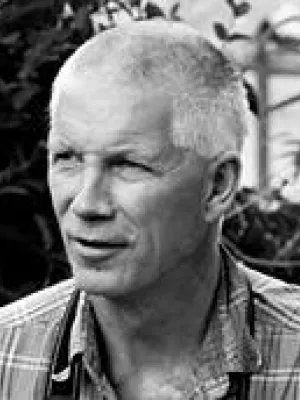
Jonas Ardö
Professor

Detecting changes in vegetation trends using time series segmentation
Author
Summary, in English
Although satellite-based sensors have made vegetation data series available for several decades, the detection of vegetation trend and change is not yet straightforward. This is partly due to the scarcity of available change detection algorithms suitable for identifying and characterizing both abrupt and non-abrupt changes, without sacrificing accuracy or computational speed. We propose a user-friendly program for analysing vegetation time series, with two main application domains: generalising vegetation trends to main features, and characterizing vegetation trend changes. This program, Detecting Breakpoints and Estimating Segments in Trend (DBEST) uses a novel segmentation algorithm which simplifies the trend into linear segments using one of three user-defined parameters: a generalisation-threshold parameter δ, the m largest changes, or a threshold β for the magnitude of changes of interest for detection. The outputs of DBEST are the simplified trend, the change type (abrupt or non-abrupt), and estimates for the characteristics (time and magnitude) of the change. DBEST was tested and evaluated using simulated Normalized Difference Vegetation Index (NDVI) data at two sites, which included different types of changes. Evaluation results demonstrate that DBEST quickly and robustly detects both abrupt and non-abrupt changes, and accurately estimates change time and magnitude.
DBEST was also tested using data from the Global Inventory Modeling and Mapping Studies (GIMMS) NDVI image time series for Iraq for the period 1982–2006, and was able to detect and quantify major change over the area. This showed that DBEST is able to detect and characterize changes over large areas. We conclude that DBEST is a fast, accurate and flexible tool for trend detection, and is applicable to global change studies using time series of remotely sensed data sets.
DBEST was also tested using data from the Global Inventory Modeling and Mapping Studies (GIMMS) NDVI image time series for Iraq for the period 1982–2006, and was able to detect and quantify major change over the area. This showed that DBEST is able to detect and characterize changes over large areas. We conclude that DBEST is a fast, accurate and flexible tool for trend detection, and is applicable to global change studies using time series of remotely sensed data sets.
Department/s
- Dept of Physical Geography and Ecosystem Science
- Mathematical Physics
- MERGE: ModElling the Regional and Global Earth system
- BECC: Biodiversity and Ecosystem services in a Changing Climate
Publishing year
2015
Language
English
Pages
182-195
Publication/Series
Remote Sensing of Environment
Volume
156
Issue
January
Links
Document type
Journal article
Publisher
Elsevier
Topic
- Physical Geography
Keywords
- trend analysis
- satellite imagery
- segmentation
- time series
- NDVI
- GIMMS
- DBEST
- change detection
- vegetation dynamics
Status
Published
ISBN/ISSN/Other
- ISSN: 0034-4257

